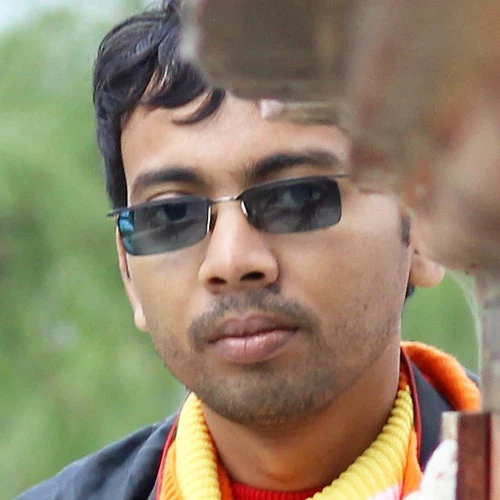
Editor’s note: Kalyan Panja was the grand prize winner of our first Spring Meetings blogging contest. His winning post covered two events related to food and agriculture. His prize was the opportunity to interview Ethel Sennhauser, the World Bank’s director of agriculture.
What is the most striking crisis in the agricultural sector that needs to be addressed urgently?
The world needs to feed 9 billion people by 2050 — but climate change, declining soil health, and overstretched resources could drive down agricultural productivity in the long run. Droughts and extreme weather events are already having a negative impact on farming and productivity. In the future, yields could drop by more than 25%.
Low productivity, poor market access, and inefficiencies within the agriculture value chain that lead to food waste and prevent food from making it to markets are among the range of issues negatively affecting the world’s food supply.
With 800 million people going to bed hungry every night, the World Bank has called on countries to build better food systems that raise agricultural productivity in rural areas, invest in improving nutritional outcomes for young children and pregnant women, and boost climate-smart agriculture.
What do you think are the measures that need to be adopted urgently to revive the agricultural sector throughout the world?
The agriculture sector needs to be primed to feed the world, and it needs to put food on people’s plates without harming the environment.
Climate-smart agriculture, which aims to boost productivity, improve resilience and lower greenhouse gas emissions, is part of the solution. In addition to boosting agricultural productivity, we also need to make better and more sustainable use of our resources and take steps to reduce land degradation and improve water management. It’s also important to expand smallholder access to financial resources and farming tools, reduce inequality so that women farmers are productive, improve food storage, and build infrastructure that helps farmers get their products to market.
How important is scientific research for the agriculture sector?
Research and innovation are extremely important, especially as the sector seeks new ways to deliver on higher productivity, greater resilience, and reduced greenhouse gas emissions. We still don’t have our “electric car” that will help us make transformational moves toward climate-smart agriculture.
We need to step up research in areas where climate impacts are projected to be the greatest — in Sub-Saharan Africa, for example, which accounts for only 5% of global public spending on research and development. Through the West Africa Productivity Program, the World Bank has supported research centers that have developed four new resilient cassava varieties and five new higher-yielding rice varieties.
In addition, the World Bank is a founding member of the Consultative Group on International Agricultural Research, the world’s premier scientific research organization, which is delivering badly needed, climate-friendly agriculture and food technology benefiting millions of poor farmers in low-income countries.
Do you think governments in developing countries are not talking enough about the problems of farmers and agriculture?
Because 75% of the world’s poor people live in rural areas, and depend largely on agriculture for food and livelihoods, agriculture plays an important role in catalyzing growth in developing countries. It is encouraging that many governments are paying more attention to the agriculture sector as a catalyst for achieving food security and inclusive development targets.
On what fronts do you feel that there is a need to work more?
More work needs to be done to ensure that agriculture is more productive, resilient and less harmful to the environment, particularly in Sub-Saharan Africa, which was bypassed by the Green Revolution that transformed agriculture in Asia and Latin America. Agriculture is a major part of the climate problem — it currently generates up to 29% of total greenhouse gas emissions. Without action, that number could rise substantially as other sectors reduce their emissions. So the sector needs to come together behind climate-smart agriculture, if we want to feed the world in a sustainable way. That is the reason we joined the Global Alliance for Climate-Smart Agriculture.
What is the World Bank’s commitment toward agriculture, especially in developing nations? And what are the future plans of the organization?
Growth in the agriculture sector is about two to four times more effective in raising incomes among the poorest compared to other sectors. So it’s a powerful tool for ending extreme poverty by 2030 and creating shared prosperity, both of which are priorities of the World Bank.
The World Bank is a leading financier of agriculture around the world. In 2014, we had $8.3 billion in new commitments to agriculture and related sectors. Through a combination of lending and sharing technical expertise, we work with developing countries to ensure that the sector is resilient and sustainable in the face of climate change, creates jobs and economic growth, and produces healthy and nutritious food, especially for the world’s poorest people. In our work with countries, we promote new technologies, champion sustainable approaches and techniques, and finance infrastructure that improves productivity while linking farmers to lucrative markets.
The World Bank’s vision is for a food system that can feed every person, every day, and everywhere, in a sustainable way. We are committed to partnering with a wide range of stakeholders — public, private, and civil society — to achieve that vision.
This post originally appeared on the Triptasy blog.


Join the Conversation